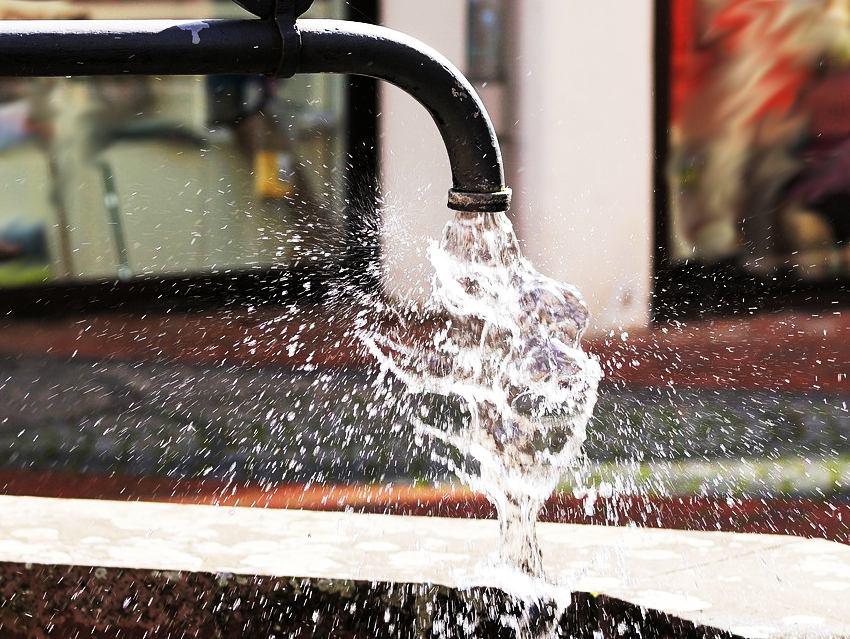Today, a revised Drinking Water Directive comes into force in the EU. The directive introduces EU-wide minimum requirements for materials that are in contact with water intended for human consumption. This harmonization helps achieve a uniform level of health protection for all EU citizens and improves the functioning of the internal market. It updates water quality standards, introduces a risk-based approach to water monitoring, and improves information on water quality and water services provided for consumers. The EU Member States have two years to incorporate the directive into their national legislation.
The European Chemicals Agency (ECHA) will support the European Commission (EC) in developing EU-wide positive lists of chemicals, compositions, or constituents that can be safely used to manufacture materials that come into contact with drinking water between the water source and the tap. The initial lists will be based on existing national lists and are expected to include about 1500 chemicals for different types of materials. The EC will adopt them by 2025. Once adopted, all entries in the lists will be reviewed within 15 years. ECHA will prioritize the substances for review based on their hazardous properties and the relevance of their risk assessments, and will make recommendations for the expiration dates of these substances.
ECHA will also assist the EC in developing information requirements for applicants and evaluation methods. This will be done in close cooperation with the European Food Safety Authority (EFSA), Parma, Italy, as there are links to the legislation on food contact materials.
- European Chemicals Agency (ECHA), Helsinki, Finland
- European Commission: Drinking Water Directive (Accessed January 12, 2021)




